Each plastic product is marked with signs, so that consumers can tell which one can do harm to their health.
If you happen to turn a LaVie water bottle or a shampoo container upside down, you will see numbers inside the sign of “recycle,” do you know what the numbers mean?
If you work at a plastic recyclement company, these numbers will help you know which plastic items can be recycled and which cannot.
These numbers can also answer your questions regarding which plastic containers are the safest and most hygienic-ensured to hold food.
You will see seven kinds of numbers on plastic containers which reflect seven different kinds of plastic items circulated on the market. Some are less harmful to human health and more environmentally-friendly, while others are not. Some are easy to be recycled, while a number of others are more difficult to do so.
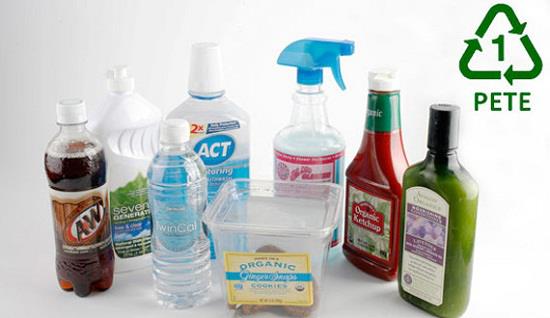
Number 1: is a type of plastic called polyethylene terephtalate, or PETE or PET. Most soda and mineral water bottles belong to the N0. 1 category. This type of plastic is generally safe to use; however, its spongy surface can allow bacteria and smells to accumulate. Therefore, it is considered disposable plastic products which are also considerably easy to be recycled.
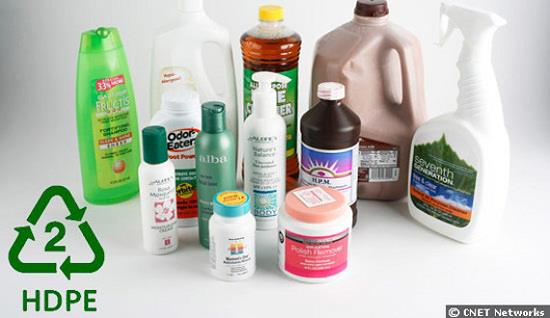
Number 2: This type of plastic has a high concentratin of polyethylene, also known as HDPE. Most milk bottles for infants, containers of milk and fruit juice, or detergents belong to the No.2 category. Despite its opaqueness, this type of plastic is considered safe, with low bacteria accumulation and easy recycling.
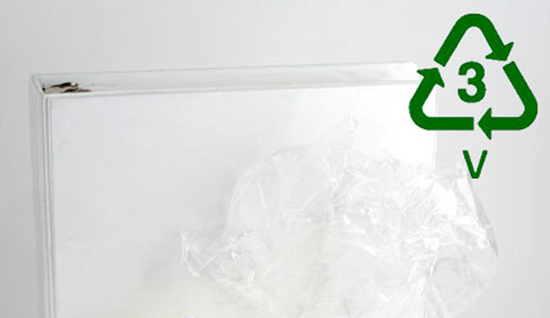
Number 3: This type of plastic is made from polyvinyl clorua, or PVC. Food wrappings, cooking oil bottles and water pipes are all PVC plastic items.
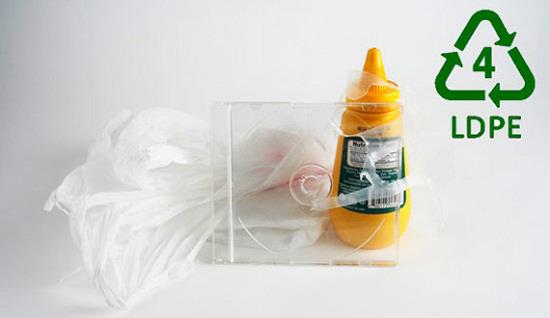
PVC plastic contain phthalates, one of chemical compounds which hinder the growth of hormone. That is why it is considered unsafe when in contact with high temperatures as they hold sizzling food or water. You thus should minimize the use of the No.3 plastic in storing food. PVC plastic is rarely accepted for recycling programs.
Number 4: This type of plastic contains a low concentration of polyethylene ( LDPE). They are typically used as grocery bags or food wrappings. This type of plastic is considered relatively safe, but is not accepted for recycling programs either.
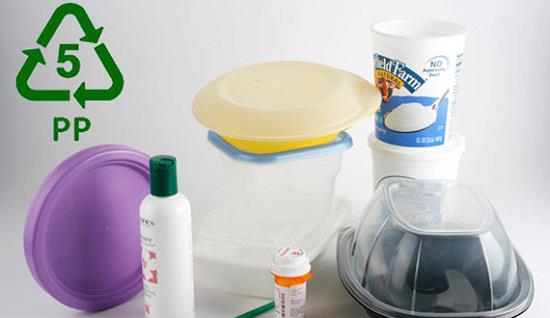
Number 5: This is a type of plastic made from polypropylene. Yogurt boxes, filtered water bottles, medicine bottles, containers of syrup, tomato sauce, chilly sauce or drinking straws are all No.5 plastic products. This type of plastic is deemed safe and has been increasingly accepted for recycling programs.
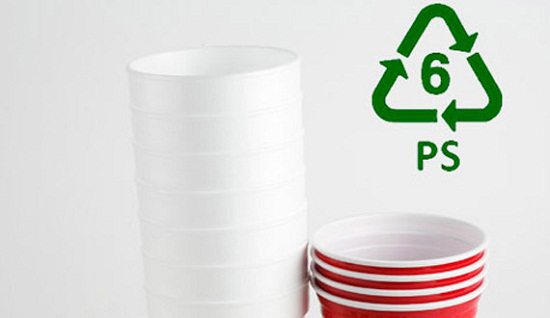
Number 6: Polystyrene plastic, also known as sponge, is usually used in packing. This type of plastic can also be used to produce disposable plates and glasses.
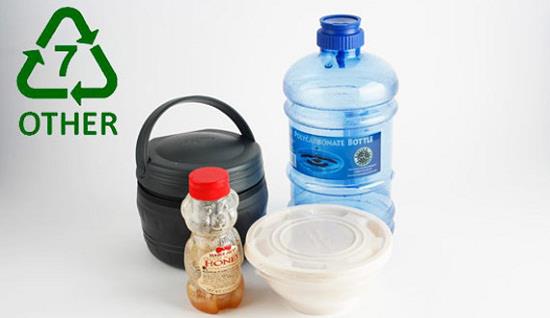
There have been mounting evidence pointing to this type’s excretion of toxic chemicals, particularly when heated. We should therefore stay away from No.6 products, which are also highly difficult to be recycled.
Number 7: This number basically means “Everything.” This is a combination of types of plastic invented after 1987, including the horrifying Polycarbonate and BPA.
Almost no household plastic products bear the No.7 sign. This type of plastic is principally used for industrial purposes, ranging from cases of cellphone and computers. It is highly difficult to recycle the No. 7 plastic, which has been rejected by recycling programs.
Which kind of plastic is safe?
In brief, No. 2, 4 and 5 plastic are considered safe. No.1 plastic is also deemed safe for disposable products. When it comes to the choice of household products, great caution is advisable. You should take a close look at signed numbers on the bottom of plastic containers or bottles. It is best that you do not choose product items with no labeling.



